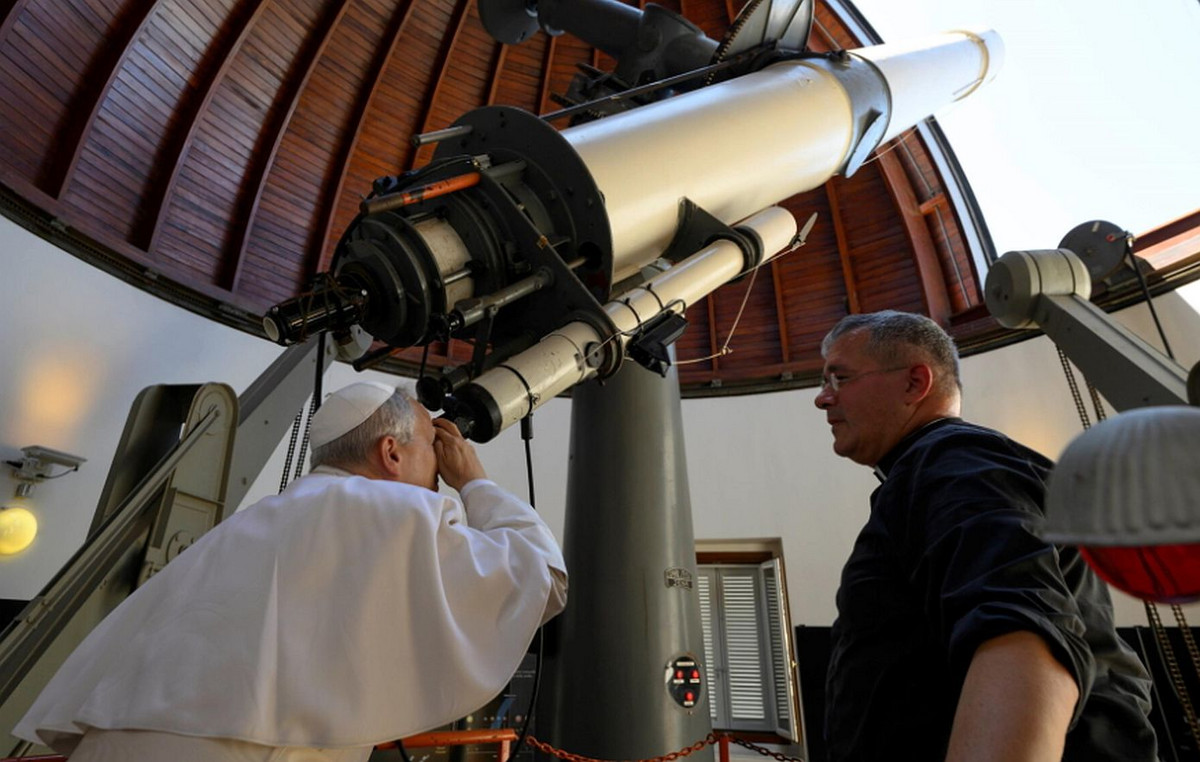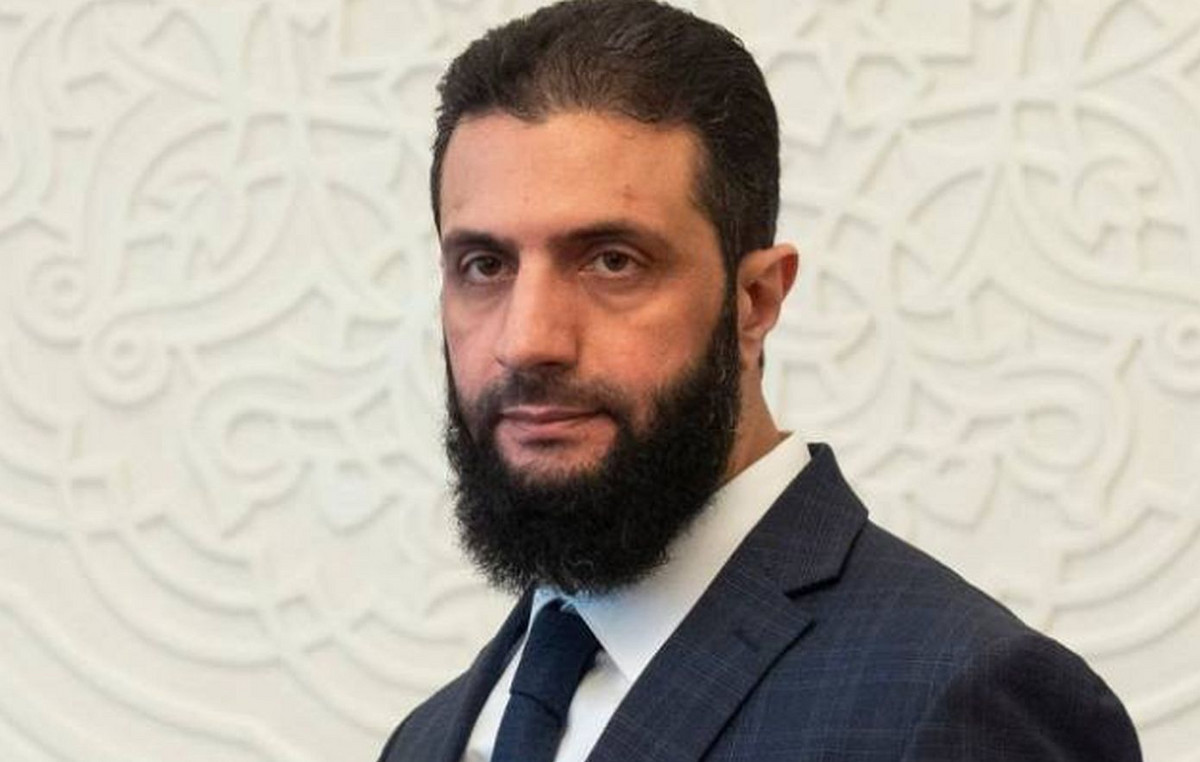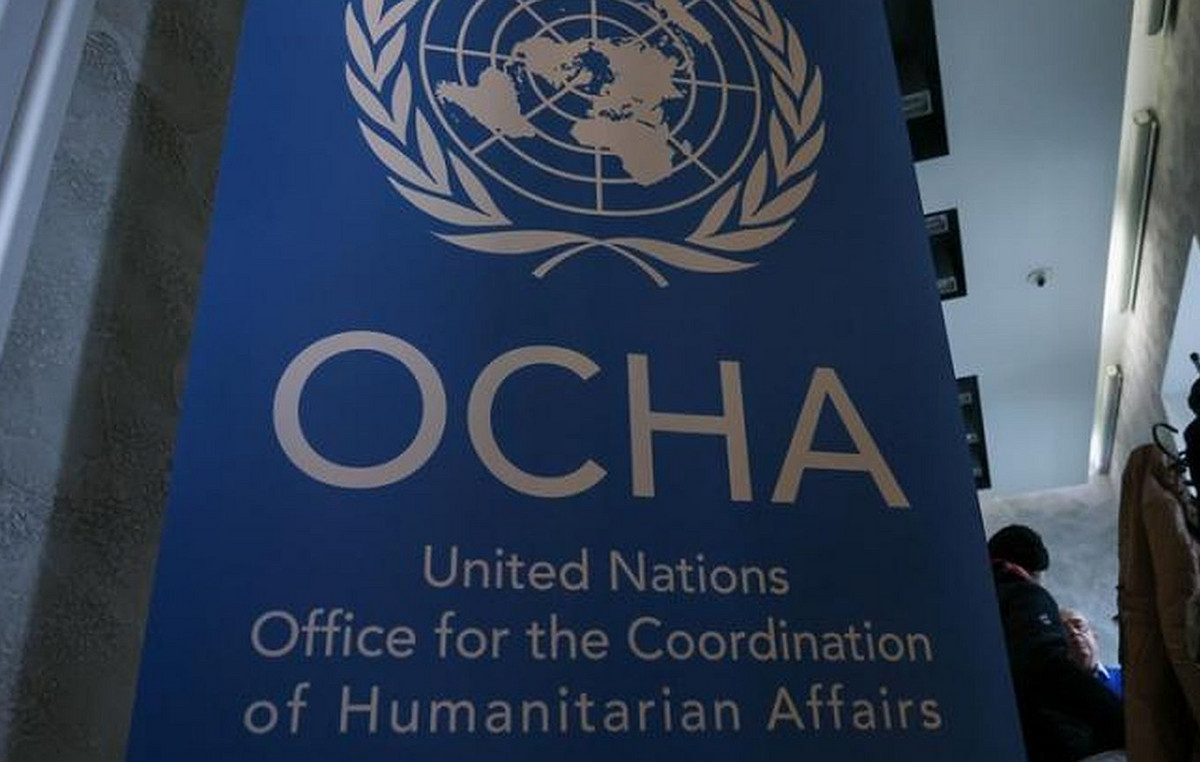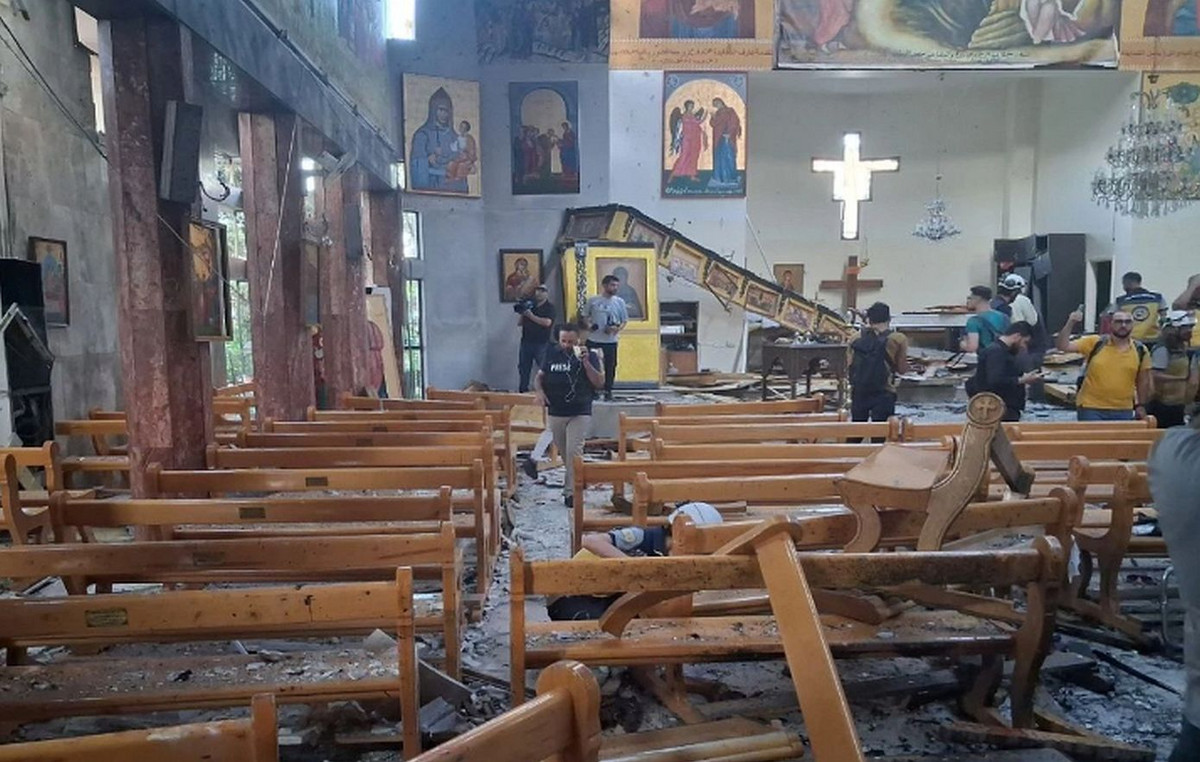Preparations for a final farewell to the queen elizabeth II are underway as a new era dawns in Britain.
The monarch died last Thursday (8), aged 96, at Balmoral Castle, in Scotland after a record reign.
In honor of Elizabeth’s more than 70 years as Queen of the United Kingdom, her son, King Charles III called for the royal mourning period to run from Friday, September 9, until seven days after the Queen’s funeral, according to a statement from Buckingham Palace.
The funeral date will be confirmed “in due course,” the note added.
Despite the schedule being open, the CNN separated what you can expect to happen in the next few days.
How will the queen’s coffin return to London?
Preparations are being made for the Queen’s remains to be transported from Scotland back to London. The coffin will first leave Balmoral, the Queen’s Scottish country retreat, for the Palace of Holyroodhouse in Edinburgh. The estate is the official residence of the British monarch in Scotland.
It will then likely travel in procession to St Giles’ Cathedral in Edinburgh, where the Queen will rest before being transferred to London. Exactly how the coffin will travel south is not yet known; routes are available by rail and air.
How can the public pay their condolences?
Historical precedent suggests that, once in London, the Queen will likely stay in Westminster Hall, the oldest part of the Palace of Westminster.
The coffins of past monarchs rested on a raised platform — or catafalque — in the middle of the hall, guarded 24 hours a day by units of the Sovereign’s Bodyguard, Infantry Guards, or Mounted Regiment of Household Cavalry.
11th-century brass plaques in the hall mark the spot where Edward VII was laid to rest in 1910, George V in 1936, George VI in 1952, and Queen Mary a year later. The hall, which is over 1,000 years old, is also where wartime prime minister Winston Churchill rested in 1965.
The Queen Mother was the most recent member of the royal family to rest in the hall — and only the second royal consort to receive the honor — in 2002. On that occasion, her grandchildren — Prince Charles, Prince Andrew, Prince Edward and Viscount Linley — attended. guard, in what is unofficially called “The Vigil of the Princes”.
King George V’s sons also stood guard at his home. The palace has not yet confirmed who can join the queen’s guard.
The coffin will likely remain there for several days and it is at this point that the public will be able to walk across the platform and see the monarch’s coffin. Thousands are expected to line up, with some potentially sleeping through the night in an attempt to pay their respects.
What will the queen’s funeral be like?
As monarch, Queen Elizabeth II will automatically receive a publicly funded state funeral. It will take place at Westminster Abbey sometime in the next two weeks, though the exact day will be confirmed in due course.
The abbey was founded in AD 960 by Benedictine monks and is one of London’s best-known landmarks. It has often been the setting for landmark royal moments such as coronations, weddings and funerals over the years.
We’re still days away from a guest list, but heads of state and dignitaries from around the world are likely to head to the British capital to celebrate the Queen’s life and 70 years of service to the nation. Other familiar faces will be some of the Queen’s 15 former prime ministers and lawmakers.
Members of the British royal family who hold high military rank, the sovereign’s consort and the heir to the throne typically receive ceremonial royal funerals, as was the case with Prince Philip’s funeral in April 2021.
According to a 2013 House of Commons briefing note, the main differences between state and ceremonial funerals are that a state funeral requires the approval of parliament and that the cart carrying the coffin is pulled by Royal Navy sailors, instead of horses.
The sailors’ tradition began at Queen Victoria’s state funeral in January 1901. According to the royal family’s official website: “The horses that were supposed to pull the carriage became restless in the cold and were behaving dangerously, so a crew of sailors took on the task of pulling the carriage of weapons to Capela de São Jorge.”
A handful of non-sovereigns received the honor of a state funeral, including Isaac Newton, Horatio Nelson, Arthur Wellesley, 1st Duke of Wellington, and, of course, Churchill.
After Churchill’s death in 1965, it was Queen Elizabeth II who presented a note to Parliament, stating that the war leader “served his country unfailingly for more than 50 years and in the hours of our greatest peril he was the inspiring leader who strengthened his country”. and supported us all.”
Where will the queen be buried?
After the Queen’s funeral service, her coffin will make its final journey from London to Windsor. Your destination is the now familiar St George’s Chapel, within the grounds of Windsor Castle.
Prince Philip’s memorial service was held there, as well as more joyous occasions such as the nuptials of the Queen’s grandchildren.
After service to the Duke of Edinburgh in 2021, his coffin was lowered into the Royal Vault, situated below the chapel, where many members of the royal family were buried. However, with the Queen’s death, he is expected to be relocated and the two are reunited to lie together in King George VI’s memorial chapel elsewhere within St. George’s.
Source: CNN Brasil
I’m James Harper, a highly experienced and accomplished news writer for World Stock Market. I have been writing in the Politics section of the website for over five years, providing readers with up-to-date and insightful information about current events in politics. My work is widely read and respected by many industry professionals as well as laymen.







